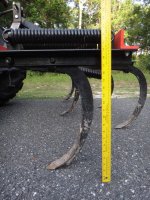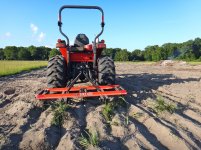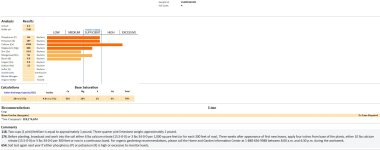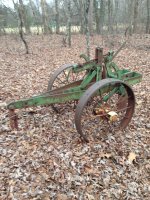I did a couple soil tests on the garden. Good01 and Bad01. The Good01 was taken from a part of the garden that still actually does well, while the Bad01 was taken from a part of the garden that won't hardly grow anything well anymore. I plant corn or okra, for example, in a long row and it does great in the "good" part of garden and then the plants get smaller and smaller as the row approaches the "bad" part of the garden. The results of the soil test didn't appear that different to me, so not sure why the two areas perform so differently - unless I'm just not reading correctly.
Possibilities in random order:
1) Lack of nitrogen
2) Excess Calcium
Why does my soil have too much calcium?
Normally, the higher the calcium level, the greater the soil clay content.
Recent limestone applications may result in higher calcium levels. If the soil pH is maintained in the recommended range for the crop grown, calcium deficiency is very unlikely.
Can you give vegetable plants too much calcium?
Too much calcium in your garden soil can go hand in hand with a high pH, which means the soil is too alkaline, which then affects the absorption of the macronutrients contained in other fertilizers. The way to determine whether you need to add calcium to your soil is a professional soil test.
What plants need a lot of calcium?
Calcium is essential for all plants, but the following are especially responsive: apples, broccoli, brussels sprouts, cabbage, carrots, cauliflower, celery, cherries, citrus, conifers, cotton, curcurbits, melons, grapes, legumes, lettuce, peaches, peanuts, pears, peppers, potatoes, tobacco, and tomatoes.
((
Corn and Okra are NOT on this list.))
3) Compacted soil limiting root growth.
4) Too much lime applied.
I am not an experienced farmer. I am an experienced gardener. Above results from Google searches.






